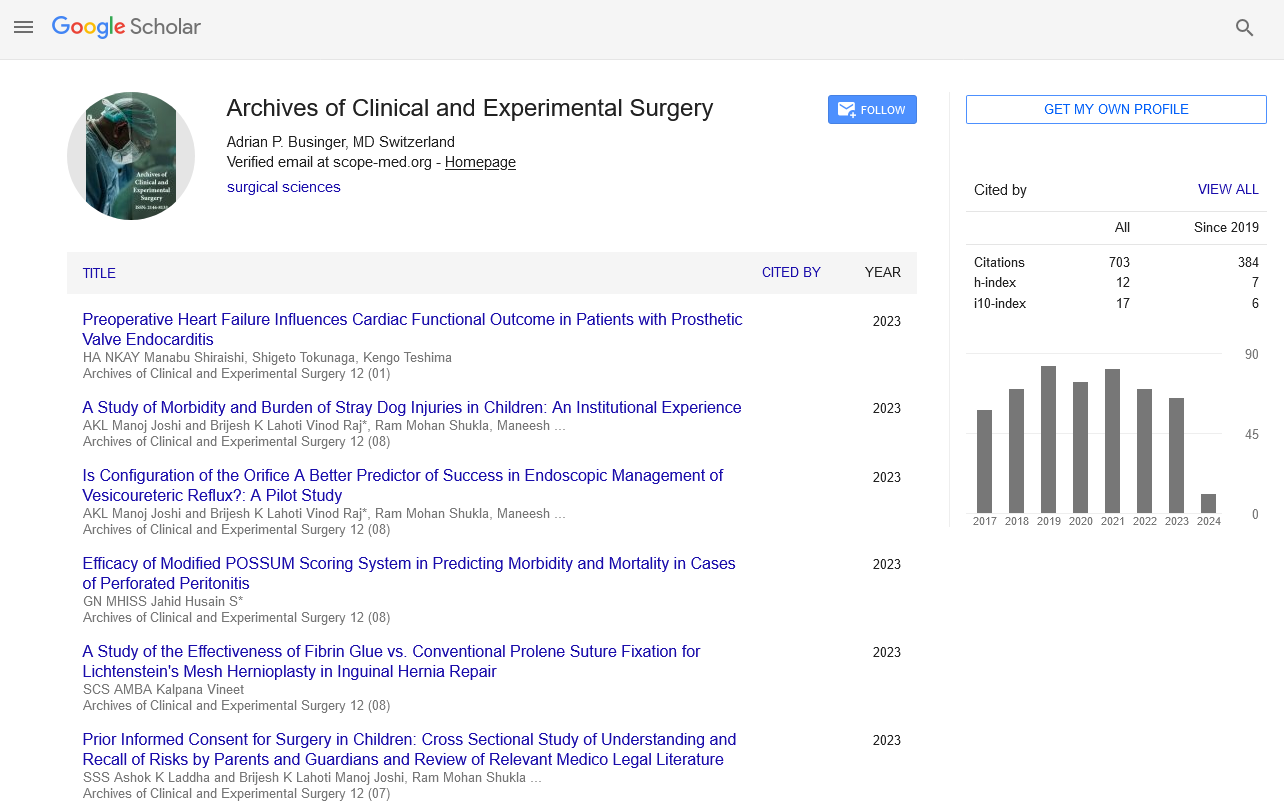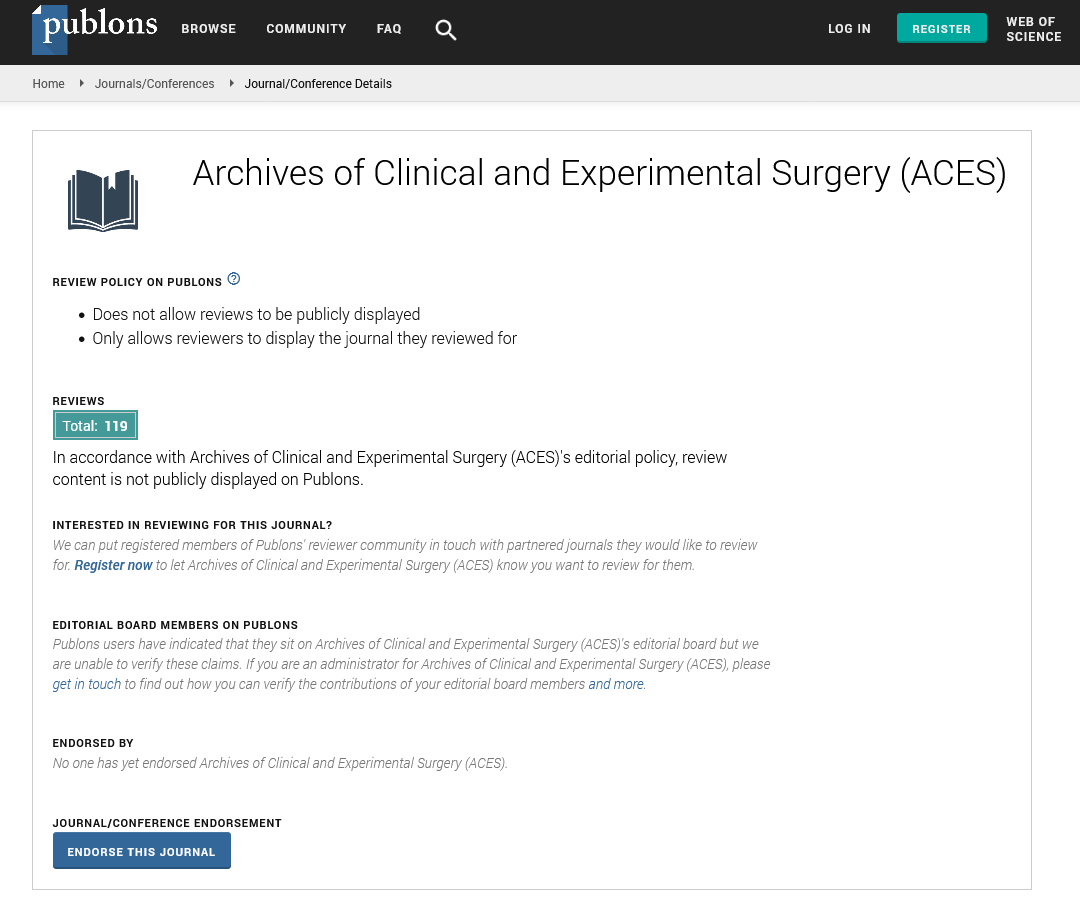BCG Lymphadenitis in Infants: Lessons Learned
Abstract
Pooja Tiwari*, Maneesh Joleya, Vinod Raj, Geetesh Ratre, Nilakshi Devi Choudhury, Ram Mohan Shukla,, B. K. Lahot, Manoj Joshi, Shashi Shankar Sharma, Ashok Kumar Laddha and Ankur Deshwali
Bacillus Calmette-Guerin (BCG) vaccination is a cornerstone of tuberculosis prevention. BCG lymphadenitis, either suppurative or non-suppurative, remains the most frequent adverse effect following vaccination.
Aims: Despite widespread neonatal BCG immunization in our nation, the incidence of BCG lymphadenitis remains poorly documented. Thus this study aims to analyze the clinical presentation, management approaches and outcomes of BCG lymphadenitis in infants, while establishing evidence-based treatment protocols.
Materials and methods: It is a retrospective observational study which included 54 infants with BCG lymphadenitis who visited the paediatric surgical outpatient department of our institution during 2 years’ period from March 2022 to March 2024. with standardized follow-up protocols and comprehensive diagnostic testing.
Results: Among 54 cases (37 male, 17 female; male: female ratio 2.18:1; 95% CI: 1.42-3.35), mean presentation age was 5.4 months (SD ± 2.3). CBNAAT positivity was observed in 31 cases (57.4%; 95% CI: 44.2-70.6%), with histopathological confirmation in 22 cases (40.7%; 95% CI: 27.6-53.8%). Aspiration of pus was done in 32 (59.3%) cases, excision in 18 cases (33.3%) which were refractory to multiple aspirations (more than twice), Incision and drainage and curettage was done in 4 cases (7.4%) which presented with ruptured abscess.
Conclusion: This study provides comprehensive data on BCG lymphadenitis presentations and treatment outcomes, contributing to standardized management protocols.
HTML PDF






